Ryan Yu | 6/14/2025
The idea that magnetic fields surround current-carrying objects was unheard of in the 1820’s. Ampere in his time conceptualized the magnetic fields around wires as “corkscrew-like” molecular currents expressed with vectors and integrals.
Michael Faraday, an English physicist who continued Ampere’s experiments after his death in 1836, would be the first to visualize these magnetic fields. Utilizing iron filaments, a ferromagnetic material that becomes strongly magnetized when placed in a magnetic field, his “lines of force” matched Ampere’s predictions!
Magnetic field around a wire 
Magnetic field around a solenoid. 
We, nearly two hundred years later, can perform our own iteration of this experiment through a COMSOL simulation that upholds Ampere’s and Faraday’s experiments. In each case, the magnetic field is created by a current flowing through each geometry is visualized:
Magnetic field around a wire: 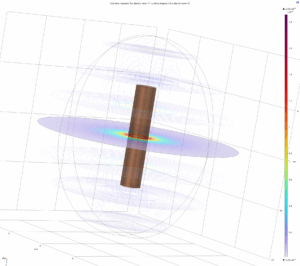
Magnetic field around a solenoid: 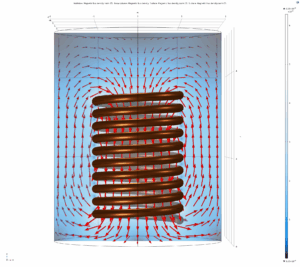
This experiment was recreated with iron filaments shaved off an iron rod and a commercial disk magnet. The filings are large enough to form distinct points, which is helpful for visualizing the shape and direction of the magnetic field. The magnet has a diameter of one centimeter.
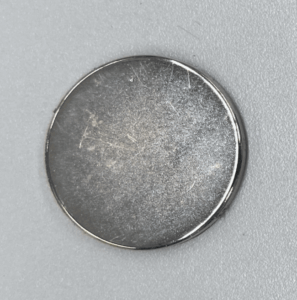
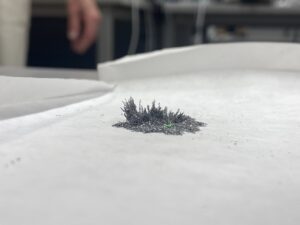
As per Joseph Henry Project tradition, the magnetic field was also simulated in COMSOL; in this case with a 1 cm diameter BMN-38 magnet. Interestingly, as both the physical experiment and the simulation confirm, there are arrow vectors that appear to go straight out in the z plane!
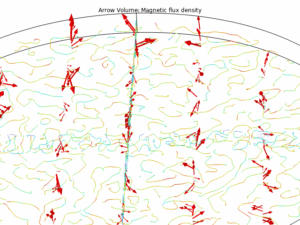
Click here to learn about Ampere’s Rotating Conductor Design!